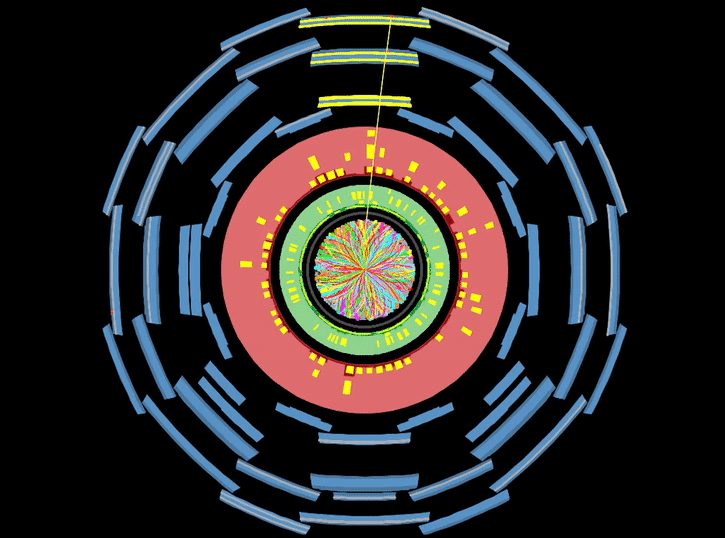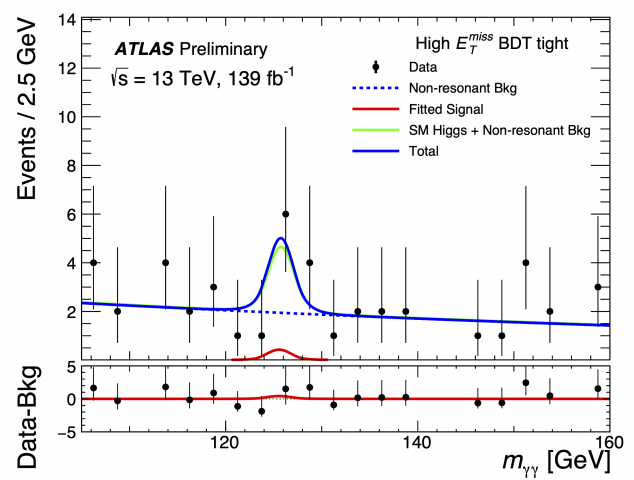Access to Collaboration Site and Physics Results
The Collaboration
Caption: ATLAS member countries are shaded blue. Click on country for summary information (double-click to zoom). Orange markers indicate ATLAS institutes (click for information, double-click for zoom). Use mouse wheel or buttons to zoom (click on ocean or non-member area to jump back to world view).
ATLAS comprises about 3000 scientific authors from 181 institutions around the world, representing 38 countries from all the world’s populated continents. It is one of the largest collaborative efforts ever attempted in science. Around 1200 doctoral students are involved in detector development, data collection and analysis. The collaboration depends on the efforts of countless engineers, technicians and administrative staff.
ATLAS elects its leadership and has an organizational structure that allows teams to self-manage, and members to be directly involved in decision-making processes. Scientists usually work in small groups, choosing the research areas and data that interest them most. Any output from the collaboration is shared by all members and is subject to rigorous review and fact-checking processes before results are made public. The success of the collaboration is bound by individual commitment to physics and the prospect of exciting new results that can only be achieved with a complete and coherent collaborative effort.
The only way to realize such a challenging project, with the required intellectual and financial resources, and to maximize its scientific output is through international collaboration. The countries participating in ATLAS provide investment through project funds, with contributions also coming from CERN, and some resources from individual universities.
Joining the ATLAS Collaboration

Increase the global visibility of your institution by becoming part of ATLAS





